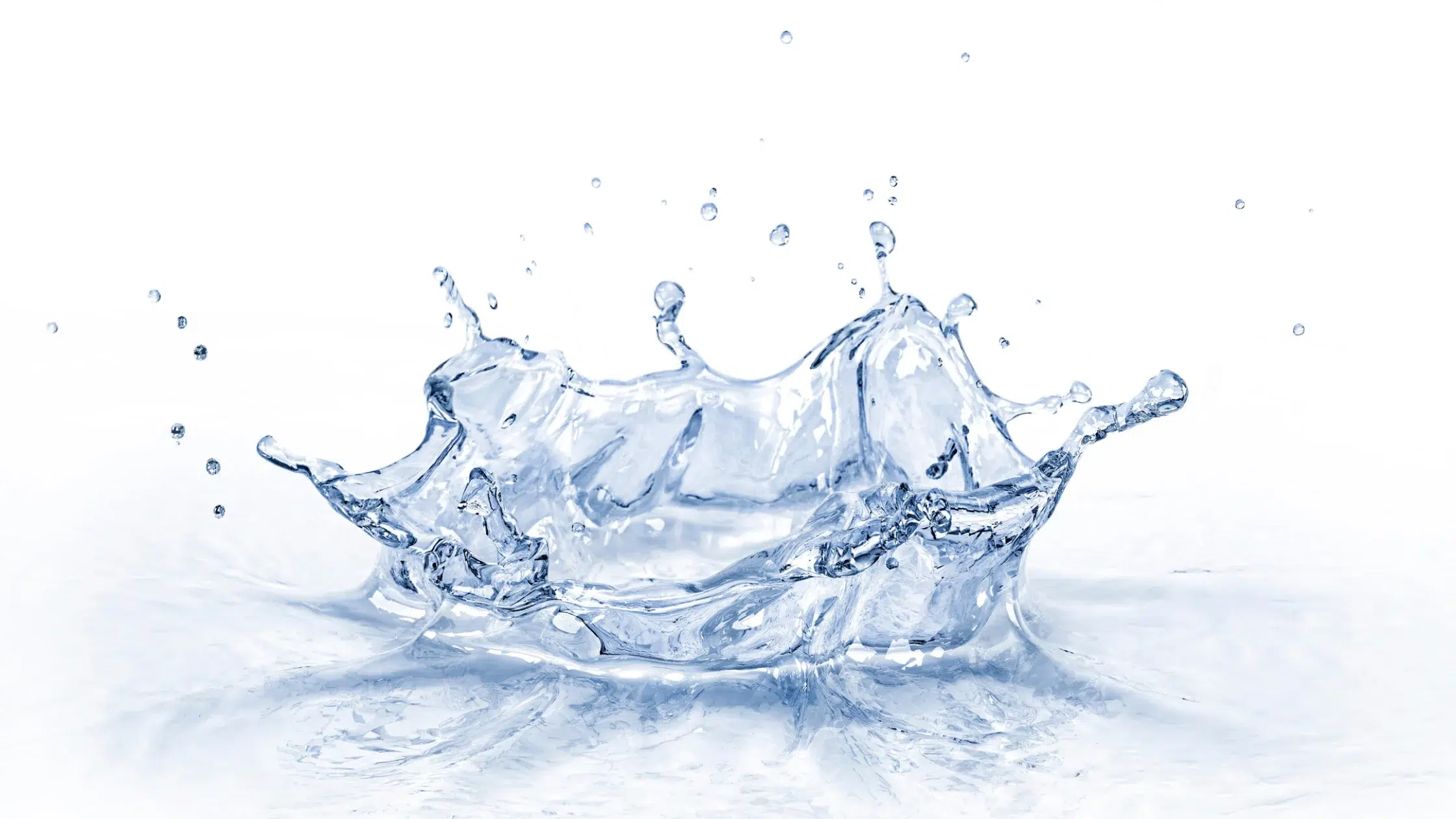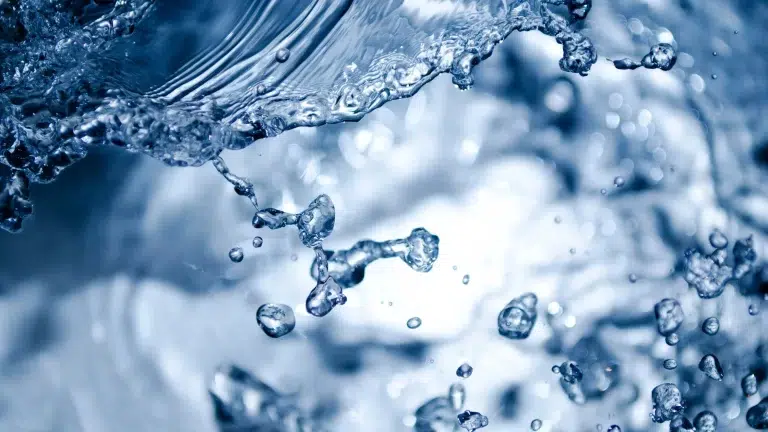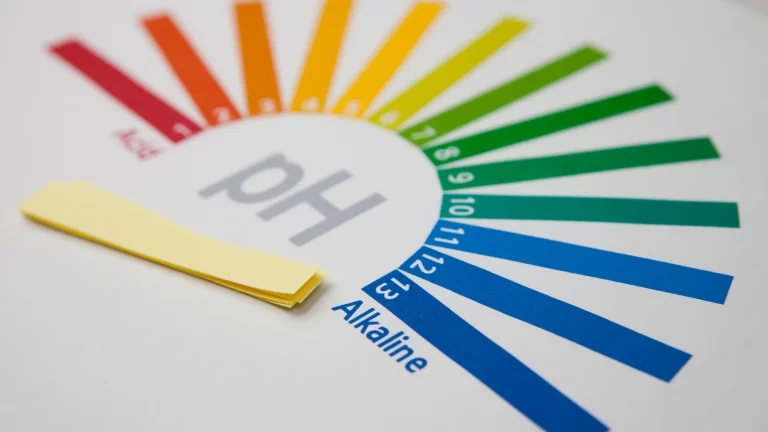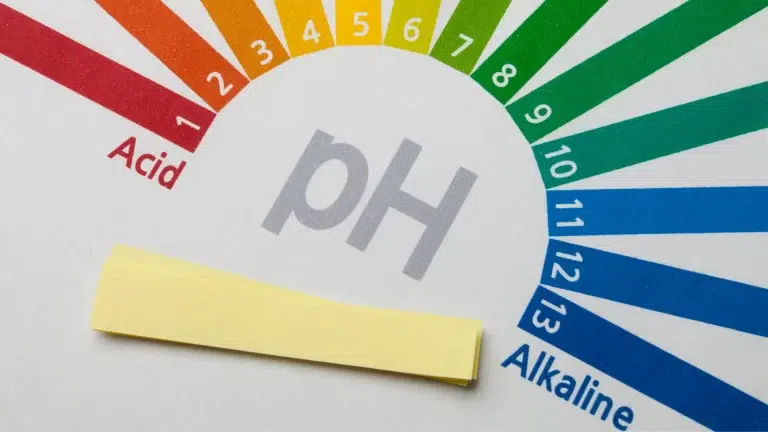WATER CLUSTERS
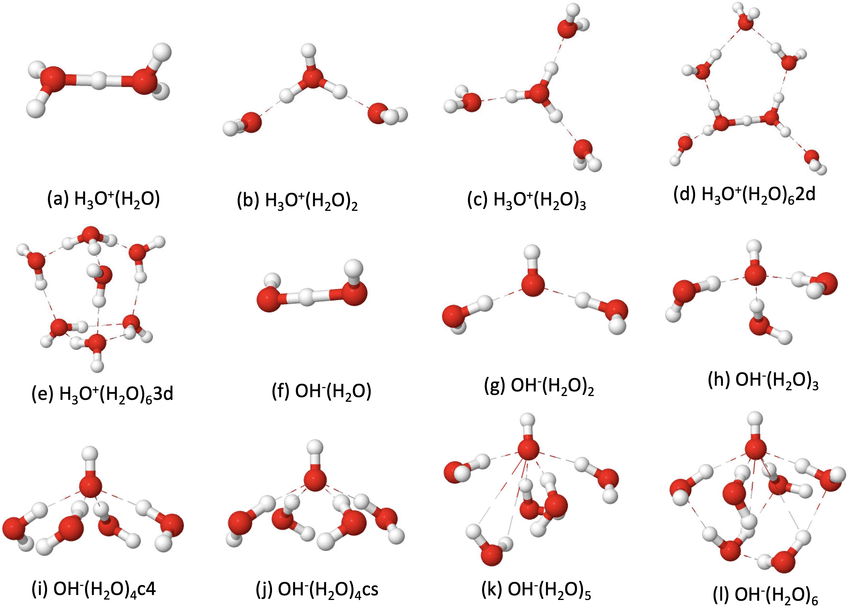
Physical chemists are well aware of water’s mysterious nature1 and the many different forms of water clusters2 due to hydrogen bonding.3 Very little about water clusters in bulk phase (i.e. water not at the surface or edges of another material) is understood.4 In fact, it is considered to be one of the unsolved problems in chemistry.5 These clusters have been experimentally detected6-8 or predicted from theoretical computational models in bulk liquid water.9-11
It seems clear that water manifests itself in fleeting clusters rather than in a uniform isotropic arrangement.2 Water molecules associate with adjacent molecules12 to form rapidly changing polymeric units.13 The simplest unit is a water dimer cluster.14There are also pentamers,15 hexamers,16 octamers,17 decamers18 and many other types (e.g. cyclic, chair and linear forms).19Clusters are denoted as (H2O)n where n=2 to 1000.20,-22 There is also the fullerene-like cluster (H2O)28, which is referred to as the ‘water buckyball’.23 There is also a large network of water clusters (each water molecule coordinating with four others) to form the monster 280 molecule cluster in the form of an icosahedron.24,25
However, as mentioned, these are all unstable fleeting arrangements.26 Many of them have never actually been detected, but predicted via computational molecular modeling theories.2 There are numerous studies on the properties of water and recent advances in science have allowed us to analyze the structure of liquid water in great detail,26 but still have not provided definitive answers27 to an increasing number of questions.28
SCIENTIFIC TOOLS TO INVESTIGATE WATER
Water studies employ a vast array of methods including, Far-infrared vibration-rotation tunneling spectroscopy,29 X-ray diffraction,30 linear and nonlinear spectroscopy,31 dielectric spectroscopy,32 nuclear magnetic resonance,33 Raman34 and Vibrational spectroscopy,35 and many other methods. Although we have learned a lot of things that are not true,36 the structural dynamics and arrangements of liquid water remain elusive.27,28
PSEUDOSCIENTIFIC CLAIMS
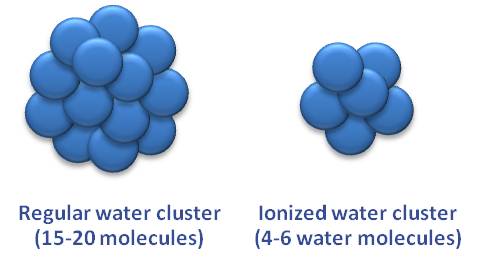
This fact has not stopped the frequent claims, by marketers of “healthy water” (e.g. ionized water, micro water, vortex water, etc.), that their water somehow contains stabilized micro-clustered water,37 which is purported to have numerous health benefits.38
Generally the claim is that tap water contains water clusters of 15 or more;39 ionized water is electrically restructured to have smaller cluster size of only 3-5 H2O molecules per cluster.40 This makes the water have faster absorption and because of its smaller size, it can more easily enter the cells and increase cellular hydration.41 Numerous benefits are ascribed to microclustering,38 even that it is the most important property of ionized water.42
SILVER FLEECE AWARD
Micro-clustering of water actually won The Silver Fleece Award43 for “Anti-Aging Quackery” for being the product “with the most ridiculous, outrageous, scientifically unsupported or exaggerated assertions about aging or age-related diseases.”44 This is a big reason why many ridicule the concept of ionized water.
THE FACTS
Unfortunately no valid scientific evidence exists45 either for its occurrence46 or for its benefits.47 I have done an exhaustive search for the past five years in many databases including: PubMed, HighWire, SciFinder, Web of Science, Scopus, etc. in search of evidence to support either its existence or its benefits, but scientific research refutes these claims.48
In fact, one scientific article, by pro-ionized water researchers, specifically set out to evaluate the claims of microclustering in these products.49 Their results show that there was absolutely no difference between the claimed “microclustered water” and the controls. In the paper the authors conclude: “The claims in the advertisements of the manufacturers concerning the cluster size of H2O molecules have not been confirmed by the results of our experiments.”49
HISTORY
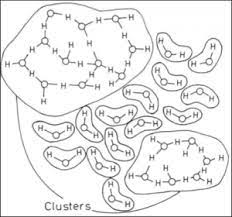
It is uncertain as to exactly how and when the claim of microclustering began, but it occurred at least back in the 1950’s with “flickering clusters”50 of H2O molecules in bulk phase (figure on the left).51 However, these clusters were estimated to only last on the order of a pico-second.52
This myth gained popularity in the 1990s with the introduction of silica-hydride microclusters.53 However, facts were quickly misrepresented both within and without markets of this product.54
In reality, adding really small pieces (i.e. micro-pieces) of silica to water, results in “microclusters” of water.55 Similarly, if you added just one ion (like calcium) to the water, the water molecules would also surround it,56 but this is much smaller then a micrometer. It’s on the nano scale, so the resulting cluster would be a nano cluster.57 Similarly, if you add something the size of a millimeter to water, then you would get a water “millicluster”. The use of microclustered minerals has been very common and refers to mineral colloids.58
This simple idea of “hydration spheres”59 or “solvation spheres”60 eventually and rapidly grew to the idea that it was the microcluster itself that exerted therapeutic benefits not the ion (or solute) it contained.61 Eventually, the ions (or solute) was abandoned altogether and marketers just propagated the myth that water microclusters are healthy and increase hydration, nutrient delivery, etc.37-42
Perhaps the fact that it wasn’t until recently that molecular hydrogen was found to be the primary benefit of ionized water, marketers held on to the idea of microclustering to help explain the therapeutic benefits of the water.
Read MICROCLUSTERING: The Making Of A Myth (Part 2 The Evidence Is Invalid)

